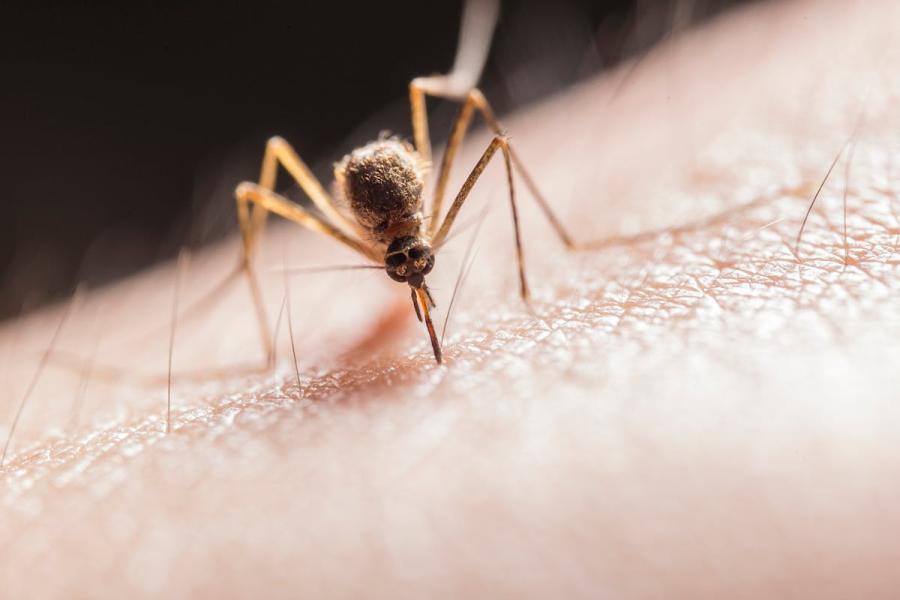
Not the West Nile Virus: WHO issues urgent statement, mosquito-borne disease poses danger to the whole world
The World Health Organization (WHO) has warned that a major outbreak of the chikungunya virus threatens to spread globally, calling for urgent measures to prevent this.
The WHO stated that it is noticing exactly the same early warning signs as during the large epidemic two decades ago and wants to prevent a repetition.
Chikungunya is a viral disease transmitted by mosquitoes, which causes fever and severe joint pain, often debilitating. In some cases, it can be fatal, writes Science Alert, as reported by Sombor.info.
"Chikungunya is not a widely known disease, but it has been detected and transmitted in 119 countries around the world, putting 5.6 billion people at risk," said Diana Rojas Alvarez from the WHO.
She recalled how from 2004 to 2005 a major chikungunya outbreak spread across the Indian Ocean, hitting small island territories before spreading globally and affecting nearly half a million people.
"Today, WHO is seeing the same pattern: since the beginning of 2025, Réunion, Mayotte, and Mauritius have reported major chikungunya outbreaks. It is estimated that a third of Réunion's population is already infected," she said at a press conference in Geneva, adding that just like 20 years ago, the virus is now spreading to other places in the region, such as Madagascar, Somalia, and Kenya.
"Transmission is also occurring in South Asia," she added, and imported cases have also been reported in Europe, linked to the epidemic on Indian Ocean islands. Local transmission has been reported in France, and suspicious cases have been detected in Italy.
"Since these transmission patterns were seen during the epidemic from 2004 onwards, WHO is calling for urgent action to prevent history from repeating itself," said Rojas Alvarez.
Symptoms of chikungunya
The symptoms of chikungunya are similar to those of dengue fever and Zika virus disease, which makes diagnosis difficult, according to WHO.
The main symptoms of the disease are high fever and body-wide pain, headache, muscle pain, rash, and stomach issues that can last for several months. Severe symptoms and deaths from chikungunya are rare and usually associated with other underlying health problems, according to Wikipedia.
Most people infected with the chikungunya virus develop viral infection symptoms 3–7 days after being bitten by an infected mosquito, most commonly fever and joint pain. Most patients feel better within a week. However, joint pain, which is often severe and disabling, can last for months.
Groups at risk for more severe disease include newborns, older adults (over 65 years), and people with health conditions such as high blood pressure, diabetes, or heart disease.
Rojas Alvarez noted that the mortality rate is less than one percent, "but when you start counting millions of cases, that one percent can mean thousands" of deaths.
"We are raising the alarm early so that countries can prepare in advance, detect and strengthen all capacities to avoid very large epidemics," emphasized Rojas Alvarez, explaining that in regions where populations have little or no immunity, the virus can quickly cause significant outbreaks, affecting up to three-quarters of the population.
Danger from tiger mosquitoes
The chikungunya virus is transmitted to humans by the bites of infected female mosquitoes, most commonly Aedes aegypti and Aedes albopictus, known as tiger mosquitoes. They are spreading northward as the world warms due to human-caused climate change.
They primarily bite during daylight hours, with peak activity often in the early morning and late afternoon.
WHO has urged people to protect themselves by using mosquito repellents and to avoid leaving water standing in containers such as buckets, where mosquitoes can breed.





